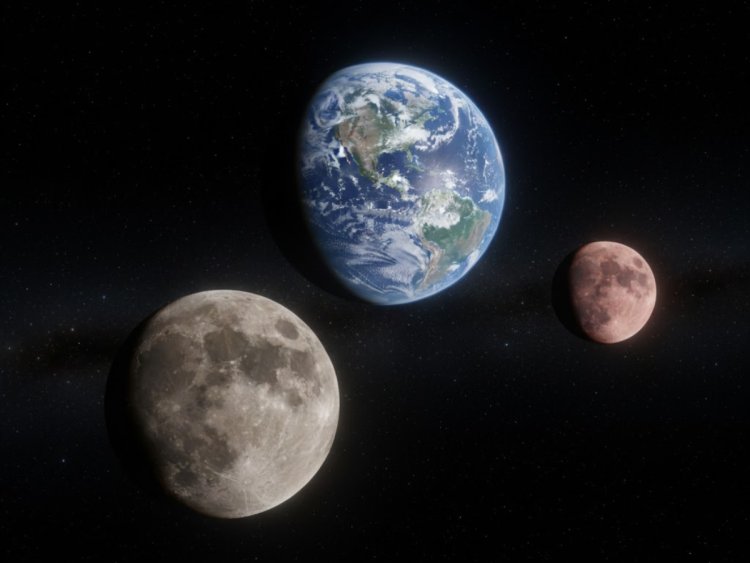Earth’s ‘Second Moon’: Mysterious Quasi-Satellite 2025 PN7 Has Been Orbiting Alongside Earth for 60 Years

In a discovery that has fascinated astronomers and sky-watchers alike, scientists have confirmed that Earth has been accompanied by a small cosmic companion for nearly six decades, a quasi-satellite known as 2025 PN7. Often dubbed Earth’s “second moon,” this tiny asteroid has been quietly shadowing our planet since the 1960s, tracing a synchronized orbit around the Sun that keeps it in Earth’s neighborhood.
Unlike our real moon, 2025 PN7 doesn’t orbit Earth directly. Instead, it follows a co-orbital path, moving around the Sun in nearly the same period as Earth, making it appear as if it’s looping around us. Scientists describe such objects as quasi-moons, celestial hitchhikers that remain gravitationally linked to Earth while technically orbiting the Sun.
Measuring between 18 and 36 meters across, the asteroid is relatively small, but its behavior is remarkable. During its journey, it stays roughly 4 million kilometers away, far beyond the Moon’s average distance of 384,000 kilometers. What’s more, this cosmic companion is not a threat to Earth. NASA and other space agencies confirm that it poses no collision risk and remains stable in its orbit.
Researchers believe 2025 PN7 has been accompanying Earth for about 60 years, and simulations suggest it will continue to do so until 2083 before gradually drifting away. The discovery not only underscores how dynamic Earth’s orbital environment is but also highlights our growing ability to detect such small, subtle objects in near-Earth space.
Scientists hope that studying 2025 PN7 and similar quasi-satellites will shed light on orbital mechanics, gravitational resonance, and potential opportunities for future space exploration. While it may not light up the night sky like our true moon, Earth’s second companion is a fascinating reminder that the cosmos still holds many hidden neighbors.























